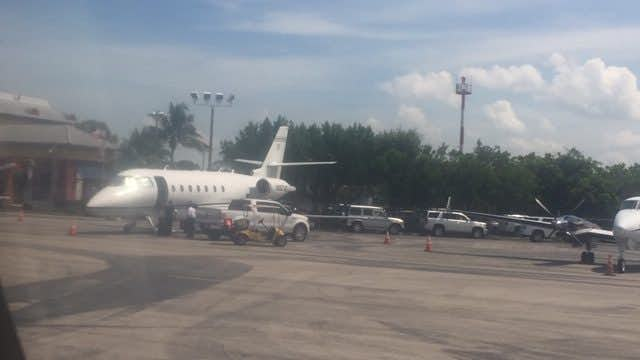
When comparing jet cards, there are lots of factors to consider, however, one that many first time buyers don’t think about is time, as in flight time, as in how is your flight time billed?
Yes, you have a fixed one-way hourly rate, so you don’t have to worry about reviewing multiple on-demand charter quotes. You also researched daily and segment minimums, plus how taxi time charges are structured as well as making sure you account for fuel surcharges.
Maybe you even used the exclusive Quick Compare Flight Pricing tool available to subscribers of Private Jet Card Comparisons which amortizes membership fees into your hourly rate.
However, don’t forget, jet card companies calculate how to charge your flights differently, and while it comes down to personal preference, taking the time to understand the differences will save you some stress when you are flying.
Essentially, there are three ways jet card companies that offer fixed rates figure out how much they are going to charge you:
– Actual flight time,
– Estimated flight time, and
– Flight mileage.
While mileage may seem the most straightforward, only Airstream Jets’ Distance Card uses this formula.
Airstream offers five cabin categories – very light jets, light jets, midsize jets, super midsize jets, and large-cabin jets. Rates are then broken by mileage, and presented in a grid, with breaks every thousand miles.
It’s straightforward. If you are taking a 1,500-mile flight on a midsize jet, scanning the grid you will see that from 1,000 to 1,999 miles in that cabin type, the price is $15 per mile.
Simply multiply $15 x 1,500 miles and your cost for that flight is $22,500, excluding 7.5% Federal Excise Tax. Taxi time is included, so you don’t have to add the standard 12 minutes.
However, the main ways fixed rate jet card programs calculate time are either estimated flight time or actual flight time, and each has their plusses and minuses, so it’s good to think about it while you are shopping.
Private Jet Card Comparisons compares who each provider and program charges you for flight time among the over 65 variables we compare.
When you buy a program that uses actual flight time, the calculation means wheels up to wheels down, so from takeoff to landing.
One way to think about is you get what you pay for. If you have a strong tailwind, you might save a few dollars because the flight that day is faster than normal.
Of course, the opposite is true if you need to take a circuitous routing to avoid bad weather or if you get stuck in an ATC hold or are slowed down by Air Traffic Control.
When you book your flight, your provider will give you its estimated flight time, and that’s what you will be billed. In other words, like with the distance formula, you know what you will pay before you takeoff.
Different jet card companies use different formulas, however, be assured they are taking into account historical averages and as I understand it in some cases add buffer time for high-density airports.
I’ve had a couple of subscribers tell me they were unhappy with the estimated flight times their providers charged compared to actual flight times.
So, if you are buying a program that uses estimated flight time, ask the provider to give you with what they charge for the routes you will be flying most often.
Don’t forget to ask for the charge in each direction to take into account winds.
In a way, the choice is a bit like Uber with a fixed price versus a taxi with its meter running. The key is understanding what numbers your provider uses in the estimated model or if you go with actual flight time, understand, sometimes you will have shorter flight times than you expected, other times it will be longer.
Of course, figuring out how your flight cost will be calculated is just one element. Don’t forget segment and daily minimums, taxi time, and whether or not taxi time is included in the minimums. There are also some programs that have fuel surcharges, while many have peak-day surcharges that can range as high as 40%. Some programs also offer discounts for longer flights while many give roundtrip discounts.